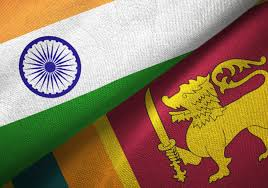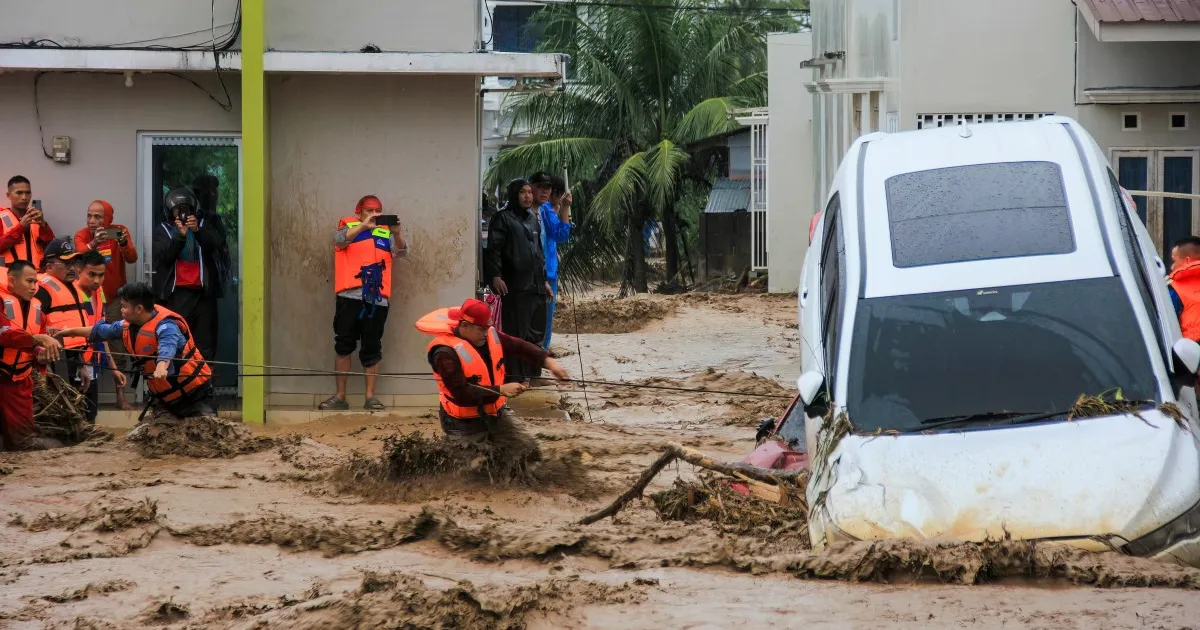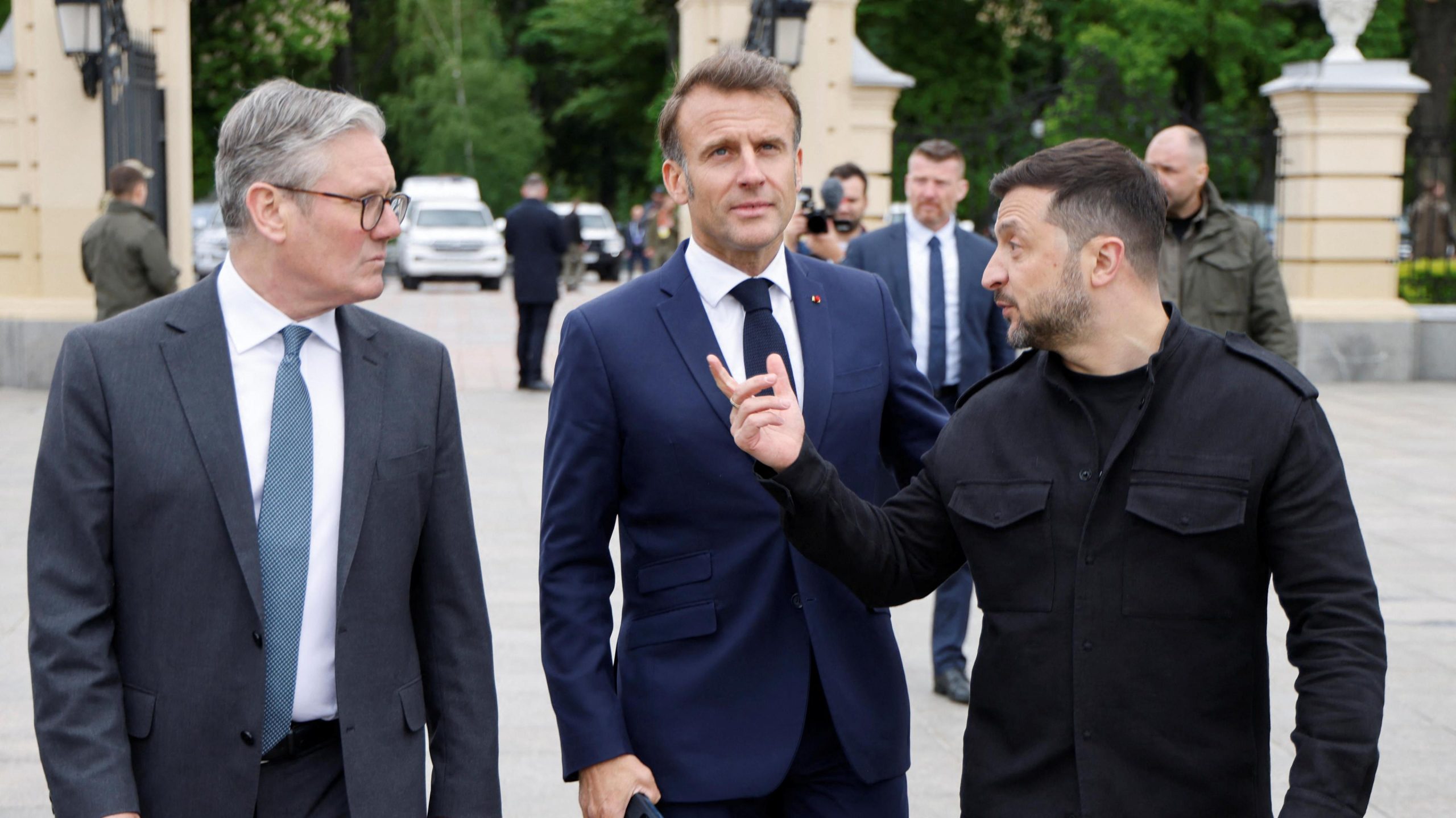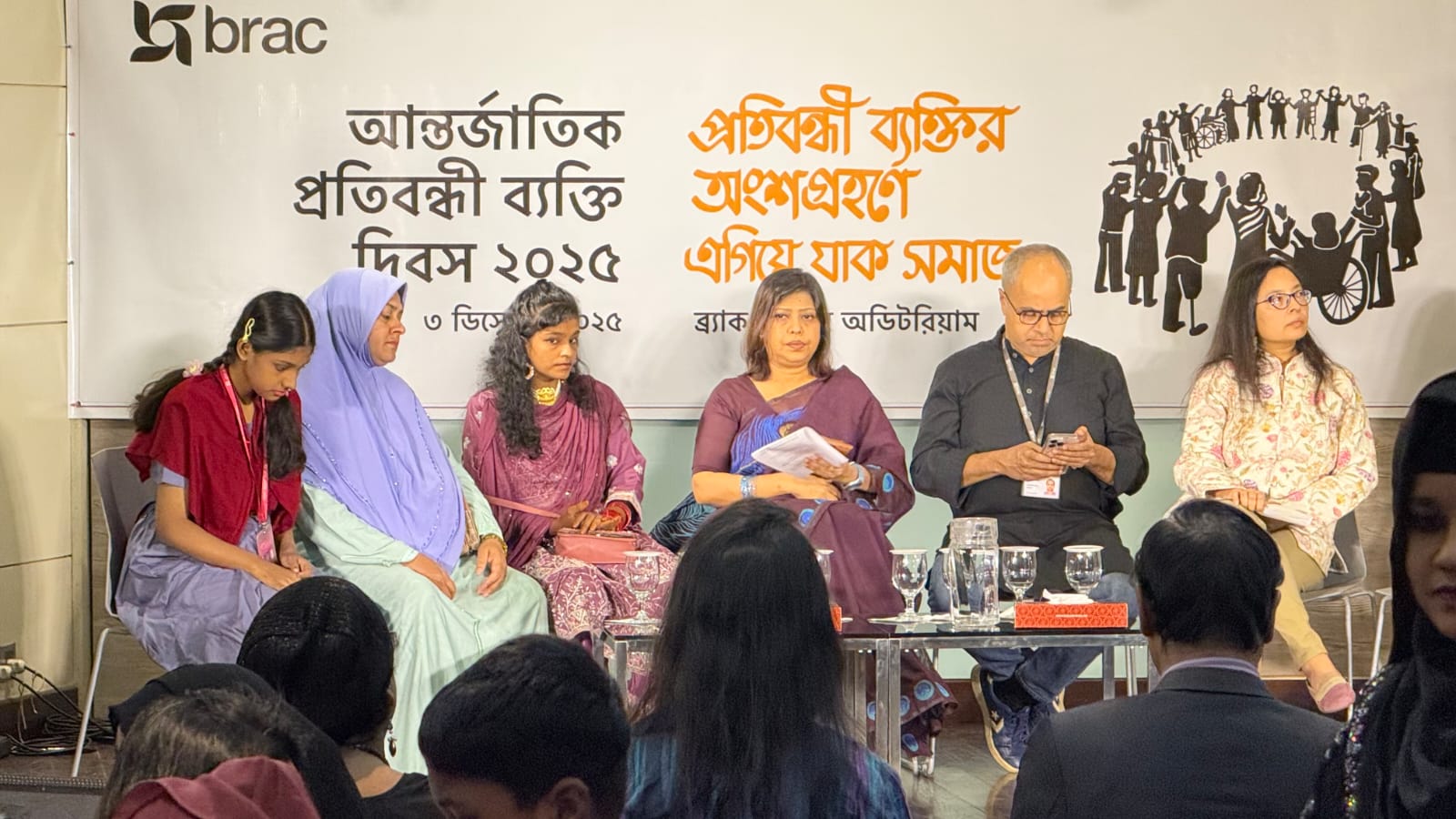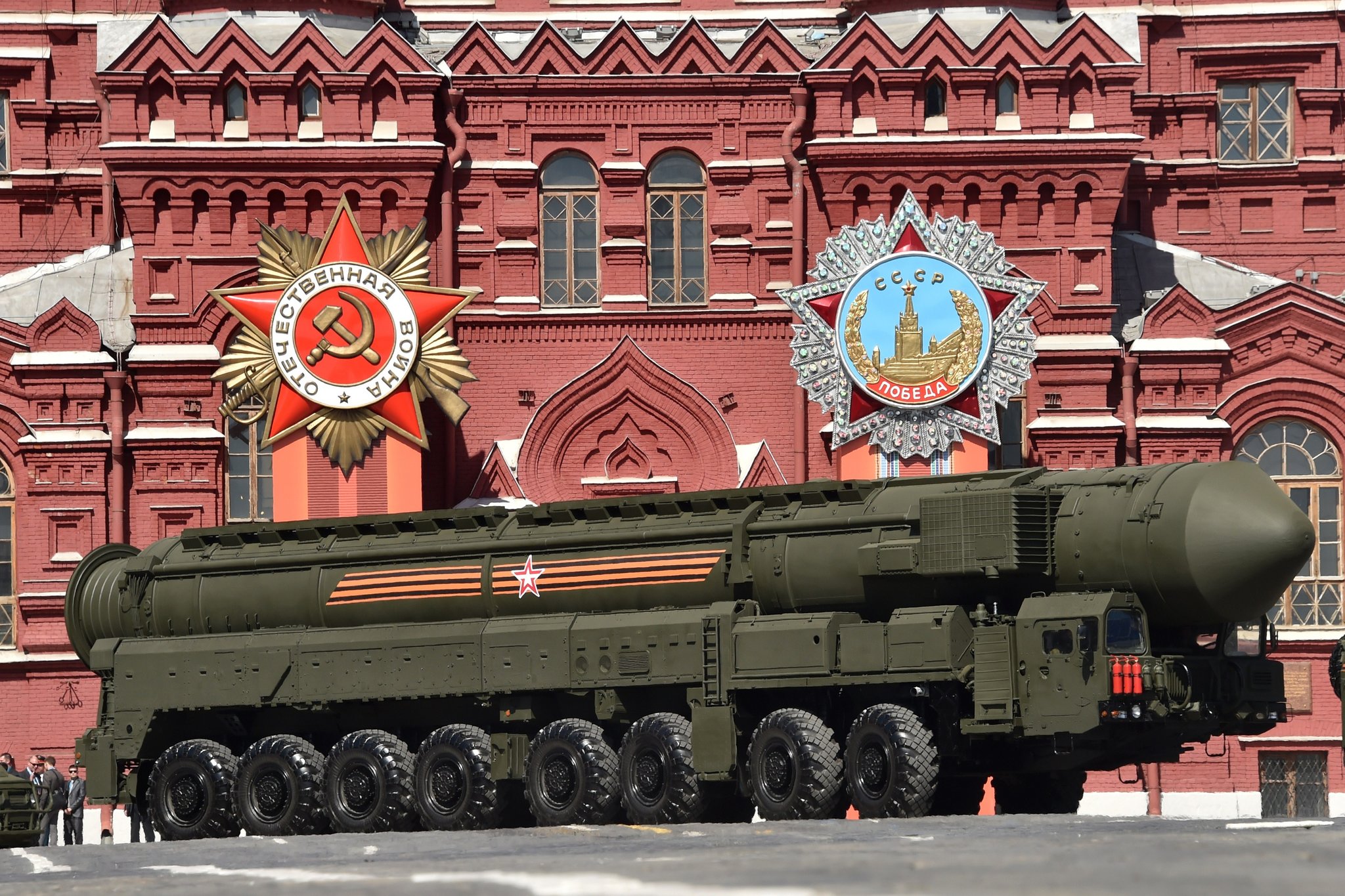What Is the Future of 20 Million Hindus and Progressive Muslims in Bangladesh?

Burned but Once Comfortable: Abhaynagar’s Hindu Neighborhood
In a neat, well-kept area of Abhaynagar in Jessore, it was clear that Hindu families had been living there with some peace, just by looking at their burned homes. Their brick-and-tin houses, with solid brick walls and roofs, made it evident that they lived here with a sense of ease and security.
Different Economic Realities: Gangachara’s Victims
Those attacked in Gangachara, Rangpur—who fled in cycle-vans with their belongings—left behind broken tin shelters and discarded household goods. From those shattered makeshift homes and abandoned items, one can tell their economic condition was not as strong as the Hindus of Abhaynagar. And that’s natural: Rangpur’s general population only began to see real economic improvement after 2008. It is only in the last ten to twelve years that the deep poverty known as monga has started to recede in any meaningful way.
Violence and Humiliation of Women
In Abhaynagar, women were attacked and homes vandalized—just as in Gangachara. Women were not spared anywhere.
On the other hand, after August 5, when through a series of mob pressures teachers from schools, colleges, and universities were being forced to resign, a video surfaced recently from Comilla showing an acting headmistress being coerced into resignation. She was a respectable middle-aged Hindu woman. To force her out, they didn’t just intimidate her in a room—they stripped her body partially, then paraded her like that through the streets.
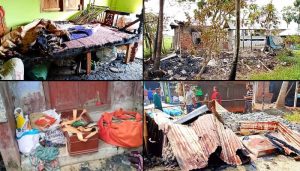
From Abhaynagar to Comilla to Gangachara, women have been among the targets of attack. Beyond those incidents, the Hindu-Buddhist-Christian Unity Council documented roughly 2,500 similar events within a week after August 5 last year. Prothom Alo printed some of that information, though tucked away in inside pages.
History Repeating with a Difference
After 1971, the first large-scale persecution of Hindus—not at the scale we see now, but the first major one—began in 2001 during the caretaker administration of Latifur Rahman. The aftermath of that violence, which started under the caretaker setup, continued for another month even after the government changed.
The difference between then and now is that back then the mainstream media reported these events. For example, after the killing of Principal Mohuri, his picture and the news appeared in all media. Today, however, when a former principal in Mymensingh was killed quite openly, the story was only visible on social media.
Intellectual Silence and Media Withdrawal
In 2001, there was protest led by intellectuals like Dr. Anisuzzaman and Wahidul Haque. Under Dr. Anisuzzaman’s leadership, a committee of thinkers traveled the country.
Why today’s media doesn’t publish these things—I, even as someone inside the media, don’t fully understand. Back then the primary media were newspapers, most of which were helmed by secular and educated people. Some of those figures are still around, yet they do not speak up. Is there some external constraint? Has their internal psychology metamorphosed? Perhaps—they seem paralyzed by fear, even if they don’t admit it. A human rights activist and intellectual put it plainly: “The intellectuals you speak of from 2001—if they were alive today, all of them would be defendants in murder cases. They couldn’t speak about Hindu persecution.”
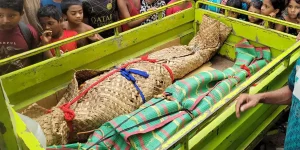
A State That Doesn’t Stand With Them
So what future is there for these two crore Hindus in Bangladesh when the state is not on their side? When a segment of society that ought to be progressive has mentally shifted into a soft, accommodating posture toward the persecution, and another segment has been cowed into silence—what does a completely helpless 20 million people’s future look like?
The Limits of a Dreamer’s Gaze
I am a journalist—half-educated, no scholar, not one of those titled intellectuals like university professors. I lack the depth to definitively locate their future. Still, it’s starting to feel like people like me searching for that future is futile. Ordinary people grasp reality better than we, the dreamers of the nation. Perhaps in the soil of practical living, they are ahead of us.
Since 2001, ordinary Hindus have quietly chosen migration. I’ve seen them—in Silchar of Assam; around Agartala in Tripura; in West Bengal at Jadavpur, Madhyamgram, Basanti, Sandeshkhali in 24 Parganas, besides, many areas in Malda, Birbhum, Jalpaiguri, Siliguri. Post-2001, thousands of Hindu families moved there. Even if not in places like Bihar, Delhi, or Madhya Pradesh in the same numbers, I found many in Odisha. I saw them repeatedly—more than once. At that time, I thought they had erred in abandoning their motherland. I believed they had lost the ability to dream, the capacity to fight, and so chose the painful path of exile.
Shifting Realities: Homeland vs. Security
I saw 1971. I saw 2001. Even then, I didn’t think material comfort or safety was greater than one’s homeland. Now, when I observe those who hold state power—many of their children are foreign nationals, and they themselves are often foreign citizens—yet they belong to the religious majority, I realize we don’t understand how they use state power. We don’t even understand how they first secure their own safety before engaging in public affairs. In contrast, those Hindus who quietly migrated since perhaps 1992 seem much more rooted in reality than we do, the idea-driven.
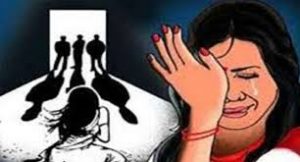
The Emotional Anchor of the Homeland
Even while writing this, a part of me remains anchored elsewhere: why leave the motherland, even if death looms? This is my country. Selfish and greedy people in the state may label me a minority, but the friends and elders around me—many of them like big brothers or father figures—never viewed me through that lens. I don’t feel it internally either. Yet sometimes I question if I fully grasp ordinary people’s insecurity.
A Mother’s Hard Choice
Only a fortnight ago, someone dear called and said, “God has saved me. Even if I die now, there’s no problem—because yesterday I managed to send my daughter to India. Her marriage is arranged there.” That had been my deepest worry since August 5.
After she hung up, I sat silently in the reading room for a long time. Who was more grounded in reality: the person who alone took that decision in the face of danger, or me? Then I realized who had influenced me—not only Ram Mohan, Rabindranath, or Kshitimohan Sen, but Lalon and his spiritual successors, and more than anyone, Kazi Abdul Odud and Syed Mujtaba Ali. After the British left, they had no homeland, no security. Lalon too did not find shelter in a god-centered religion.
What Comes First: Homeland or Safety?
So, for these two crore people, what is the more urgent need: their homeland or their security? That teacher who was stripped and paraded—she is someone’s mother. And a mother is greater than birthplace or heaven. If a mother is exposed in the street, what matters more—her safety or her homeland?
Do National Ideals Obscure Real Protection?
Do those consumed by the emotion of state and homeland lose sight of real human security? In 1971, the then Deputy Commissioner of Nadia, who took responsibility for the Mujibnagar government’s oath ceremony in Meherpur, and arranged for Tajuddin Ahmad and Barrister Amirul Islam to be taken into India via BSF, was the same man I spoke to at length in 2017.
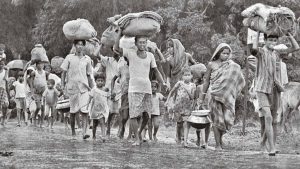
He lost his job during the war—because under India’s Civil Service rules, no government official was supposed to voice political opinions. But that day he did more than voice an opinion: even as a DC, he wrote directly to then-Prime Minister Indira Gandhi. The core of his letter was this: among the refugees coming into India, ninety-nine percent were Hindus. Yet India was presenting them to the world as Pakistani citizens, not as Hindus. The reality, he warned, was that in East Pakistan it was the Hindus who suffered the deepest insecurity—not at the hands of Pakistani soldiers, but from the Muslim majority of East Pakistan itself. So even if Bangladesh became independent, those Hindus would not be safe; Bangladesh would quickly take on the shape of East Pakistan again. Therefore, he argued, India should not squander its own resources by going to war with Pakistan to liberate Bangladesh. Instead, it should follow the course that West Pakistan seemed to be moving toward—that is, focus on securing and taking control of certain border districts near India that West Pakistan might be willing to yield, and there establish protections for Hindus. That was the essence of his letter.
As soon as Indira Gandhi received that letter, she ordered his dismissal. He was promptly removed according to the rules.
That night, after spending hours talking with him and returning to the hotel, I looked out over the refugee camps where I had once walked barefoot. Today, that area is the Marriott. Back then, refugees lived in muddy makeshift structures; we moved among them with bare feet.
I remembered Indira Gandhi’s visit to that place—the white sari, her face, the post-war triumphal joy. Did I then ask: which is greater—homeland or safety? Later, it became clear: she saw the future far more expansively than the DC could.
Now, when twenty million Hindus are living like the half-naked mothers of Comilla, Abhaynagar, Gangachara, and the exposed girl of Muradnagar, I ask: from Indira Gandhi to ordinary individuals like me—have we, who are obsessed with state and homeland, lost sight of safeguarding the vulnerable and minorities?
And among the majority, those who genuinely work for a common country and culture repeatedly face insecurity. Those with hypocrisy or performative religiosity thrive. So even the progressive majority community is in a sense a kind of minority. For these twenty million religious minorities—what is the real path to ensuring their safety?
Author:
Swadesh Roy — Nationally awarded journalist, Editor of Sarakhon and The Present World



